Gardens are wonderful, on many levels. They allow us to plant specifically what we want, maybe save a little money and, most importantly, have some control over the way our foods and herbs are treated before they enter our systems.
Preppers like to be prepared for anything, which is why so many of us have our own gardens. Planning it out just right for harvesting, as well as making sure you have control over pesticides and other toxins not invading your crops, gives a lot of peace of mind.
Gardening goes well beyond planting just tasty fruits and veggies and saving money. For example, herbs. They not only add a decent amount of flavor to foods, but many of them have natural medicinal value as well, when ingested or used as topical treatments. So knowing what herbs are best for health benefits can help you decide what to plant.
Here are the 15 herbs that I like to have in my prepper garden and that I think you should consider adding to yours too, if they’re not already there:
#1. Cumin Seeds (Cuminum cyminum)
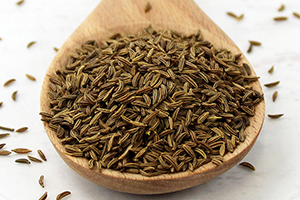 Cumin seeds are actually tiny dried fruits and are considered annual. They have long been used in traditional medicine.
Cumin seeds are actually tiny dried fruits and are considered annual. They have long been used in traditional medicine.
Cumin seeds are a great source of iron, promote digestion, improve cholesterol, and work as a natural anti-inflammatory. Some of cumin’s components have shown promise helping to treat diabetes.
#2. Dill (Anethum graveolen)
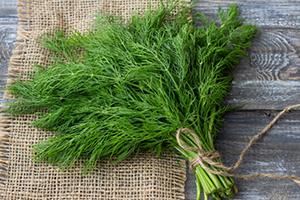 This annual herb is a great source of phosphorus, iron, protein, magnesium, and potassium. It can also help soothe an upset stomach, lowers cholesterol, and has antioxidant properties.
This annual herb is a great source of phosphorus, iron, protein, magnesium, and potassium. It can also help soothe an upset stomach, lowers cholesterol, and has antioxidant properties.
Dill is also a great aid for bad breath and abdominal flatulence. Halitosis can be completely alleviated by chewing the seeds daily.
Related: Why You Should Place Matches In Your Plant Pots
#3. Basil (Ocimum basilicum)
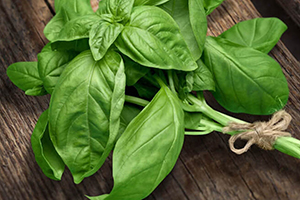 Even though it’s not widely known as a healing herb, basil has been tagged by some as the “king of herbs”. Mainly known as an Italian herb, it doubles as a mild antiseptic and natural anti-inflammatory.
Even though it’s not widely known as a healing herb, basil has been tagged by some as the “king of herbs”. Mainly known as an Italian herb, it doubles as a mild antiseptic and natural anti-inflammatory.
Basil has been used to treat appetite loss, nausea, flatulence, and minor skin abrasions. As an annual, it will have to be planted each year.
#4. Cayenne Pepper (Capsicum annuum)
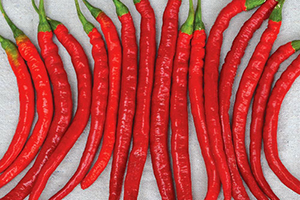 Typically known as annuals, peppers have been grown as perennials in zones 9b and above within the U.S. Department of Agriculture zones.
Typically known as annuals, peppers have been grown as perennials in zones 9b and above within the U.S. Department of Agriculture zones.
Medicinally, cayenne pepper can help boost metabolism, diminish migraines and joint pain, aid in detoxification, and more. If used topically, it can help stop bleeding in minor wounds.
#5. German Chamomile (Matricaria chamomilla)
 Popular in the Western world, chamomile is a popular addition to teas or infusions.
Popular in the Western world, chamomile is a popular addition to teas or infusions.
It’s been known to effectively treat anxiety, indigestion, and skin irritations. It’s also an ingredient often found in teas to aid with insomnia.
German chamomile is an annual.
#6. Garlic (Allium sativum)
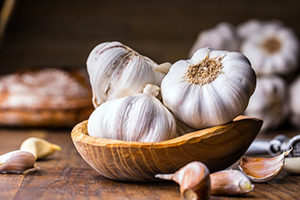 No prepper’s garden would be complete without garlic. And it would be easier to list what garlic does not help with, right?
No prepper’s garden would be complete without garlic. And it would be easier to list what garlic does not help with, right?
Here is a short list of medicinal benefits you may get by consuming garlic:
- May help with high blood pressure;
- Helps boost the immune system;
- Improves cholesterol levels;
- Has antioxidants to help combat the downside of aging;
- Reduces fatigue;
- May help detoxify heavy metals within the body;
- Improves bone health.
And, it’s so easy to consume in a wide variety of foods! Garlic is a perennial.
Related: Why You Should Put Garlic in Your Ear
#7. Feverfew (Tanacetum parthenium)
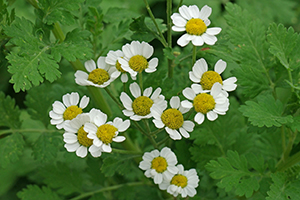 Also known as wild chamomile and bachelor’s buttons, feverfew is part of the sunflower family and is a perennial.
Also known as wild chamomile and bachelor’s buttons, feverfew is part of the sunflower family and is a perennial.
Generations of Europeans have relied on feverfew as a home remedy for reducing fevers and pain. It can be added to teas, or one can simply chew one of the leaves.
#8. Lemon Balm (Melissa officinalis)
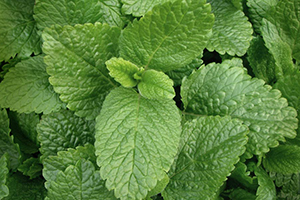 This might surprise some, but lemon balm is part of the mint family and it’s a perennial.
This might surprise some, but lemon balm is part of the mint family and it’s a perennial.
Lemon balm is known as a calming herb that helps with anxiety, improves sleep and appetite; as well as a mild pain reducer. It can also help with gastric discomfort. Topically, it has been used to help heal bites and stings.
Related: How to Treat Migraines with an Herbal Tincture
#9. Catnip (Nepeta cataria)
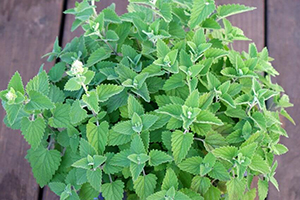 Catnip is a perennial. As another member of the mint family, it’s useful for calming coughs, helps with stress and anxiety, and reduces fever.
Catnip is a perennial. As another member of the mint family, it’s useful for calming coughs, helps with stress and anxiety, and reduces fever.
Catnip is particularly effective in aiding with digestive issues, especially constipation, excess flatulence, cramping, and bloating.
And if you extract the oils, it makes a great natural mosquito repellent.
#10. Parsley (Petroselinum crispum)
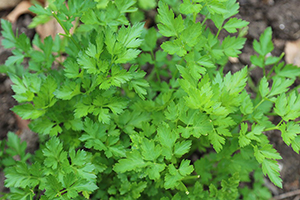 Parsley is neither annual, nor perennial. It’s considered a biennial, which means it survives for 2 years before having to be replanted.
Parsley is neither annual, nor perennial. It’s considered a biennial, which means it survives for 2 years before having to be replanted.
More commonly known as a garnish for meals, it can also be brewed in teas as a supplement to replenish iron, as well as increase energy and circulation. In addition, it can help diminish excessive gas, treat kidney and bladder infections, or as an effective diuretic.
Related: The Three Sister Garden Plans: How To Get The Most Out Of Every Square Foot
#11. Sage (Salvia officinalis)
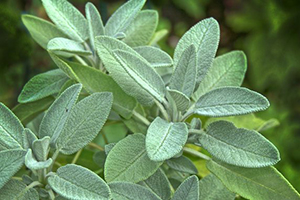 Back in the 1st century, sage was already being used to help stop bleeding and to clean out ulcers and sores. Another ailment sage has been good in treating is cough, or an irritated throat.
Back in the 1st century, sage was already being used to help stop bleeding and to clean out ulcers and sores. Another ailment sage has been good in treating is cough, or an irritated throat.
The antibacterial properties of sage can also help with inflamed gums. Simply rinse your mouth with sage infused warm water.
#12. Thyme (Thymus vulgaris)
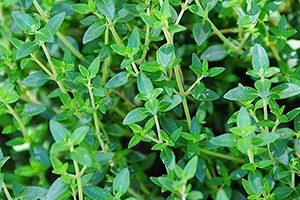 The medicinal and culinary use of Thyme dates back thousands of years. Thyme is an antiseptic, anti-viral, anti-parasitic, and anti-fungal.
The medicinal and culinary use of Thyme dates back thousands of years. Thyme is an antiseptic, anti-viral, anti-parasitic, and anti-fungal.
It’s a valuable aid in combating bronchitis and coughs, sore throat, as well as gastric discomfort. Thyme is also great for boosting the mood, due to its compound called carvacrol.
#13. Rosemary (Rosmarinus officinalis)
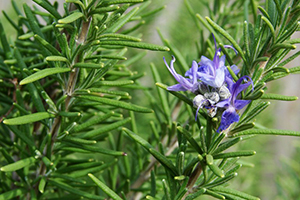 Do you recall drawings and statues of ancient Romans and Greeks wearing rosemary sprigs on their heads? This is because rosemary has long been thought to be good for a healthy brain.
Do you recall drawings and statues of ancient Romans and Greeks wearing rosemary sprigs on their heads? This is because rosemary has long been thought to be good for a healthy brain.
In addition to stimulating the brain and sharpen mental clarity, it can also be used in teas to aid with indigestion and congestion. Rosemary helps with muscle spasms and improves the circulatory and nervous systems. Rosemary is a perennial.
#14. Peppermint (Mentha piperita)
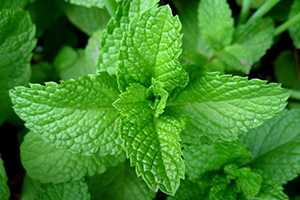 My personal favorite, peppermint, is a perennial and has a long track record of medicinal use.
My personal favorite, peppermint, is a perennial and has a long track record of medicinal use.
It is currently being used to help with gastric discomforts such as nausea, indigestion, IBS, and bloating. And as an extra bonus, it makes breath smell fresh!
#15. Lavender (Lavandula angustifolia)
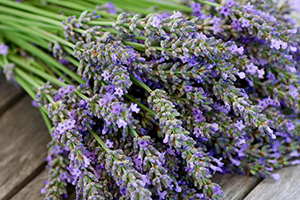 This herb has a significant calming effect on our minds, as well as bodies. It works to diminish anxiety and stress, as well as helping with gastric discomforts.
This herb has a significant calming effect on our minds, as well as bodies. It works to diminish anxiety and stress, as well as helping with gastric discomforts.
It can even help with minor wounds in a topical application. Depending on the type planted, lavender can be either annual or perennial.
There are a variety of ways to consume and use the above herbs. What’s your favorite herb and what do you use it for?
You may also like:
18 Plants That Should Never Be Planted Together
The U.S. Army’s Forgotten Food Miracle (Video)
8 Ways to Use Your Rancid Oil for Survival

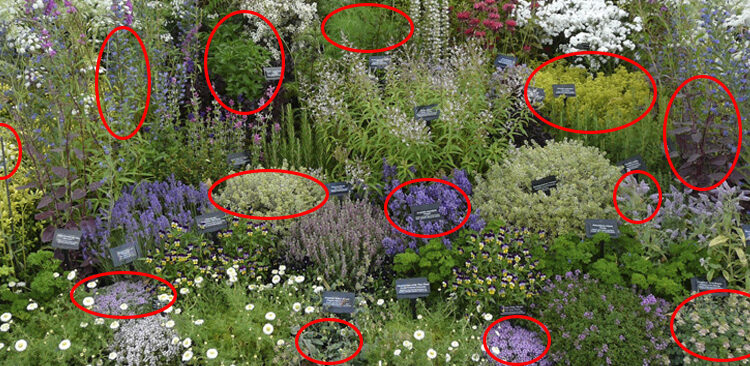














I agree with all your choices, but I would add Comfrey for Pain relief, swelling and bruising, broken bones. Plus it heals sores, just make sure is no infection, because it regrowskin pretty fast.
What’s the plant to use on the wounds
I would also add calendula for wound healing and tea
What !, no fungi ? Nourishment, medicinal properties, I know the list could go on and on and mushrooms are not considered an herb . But, growing with little or no light , I always thought they were perfect for the prepper garden.
I was told this past weekend that a common tree, referred to a cat claw, would numb you mouth if you chewed the interior bark. Do you know anything about this?
Zanthozylum americanum, commonly called prickly ash, all parts of it will numb your mouth. It is the American cousin of the Sichuan pepper. Sichuan peppercorns are ground and used along with hot peppers in Asian cuisine to numb the mouth at the same time it is being burned by hot chilis. Making me hungry just thinking about it. Grows in the Eastern half of U.S. and Canada, often seeded by birds along rural fence lines. In Texas it is the first tree to die in a drought. Primary forage plant for the Giant Swallowtail butterfly. We tried to get high smoking it in college, waste of time.
The Texas Prickly Ash is drought hardy ,and grows wild across the Balcones uplift -Central Texas .Old timers called it Tickle Tongue ,or Tooth Ache Bush .
I would add onions, yarrow, blackberry, and rose…all have multiple uses.
Basil actually can be kept in a pot and treated as a perennial… mine is on its second year. It also propagates well from cuttings.
You would have to bring it in in the winter though, unless your climate is mild.
I ordered this book and the glossery in the back of the book has page numbers for herbs and such that do not exist.
What? No oregano?